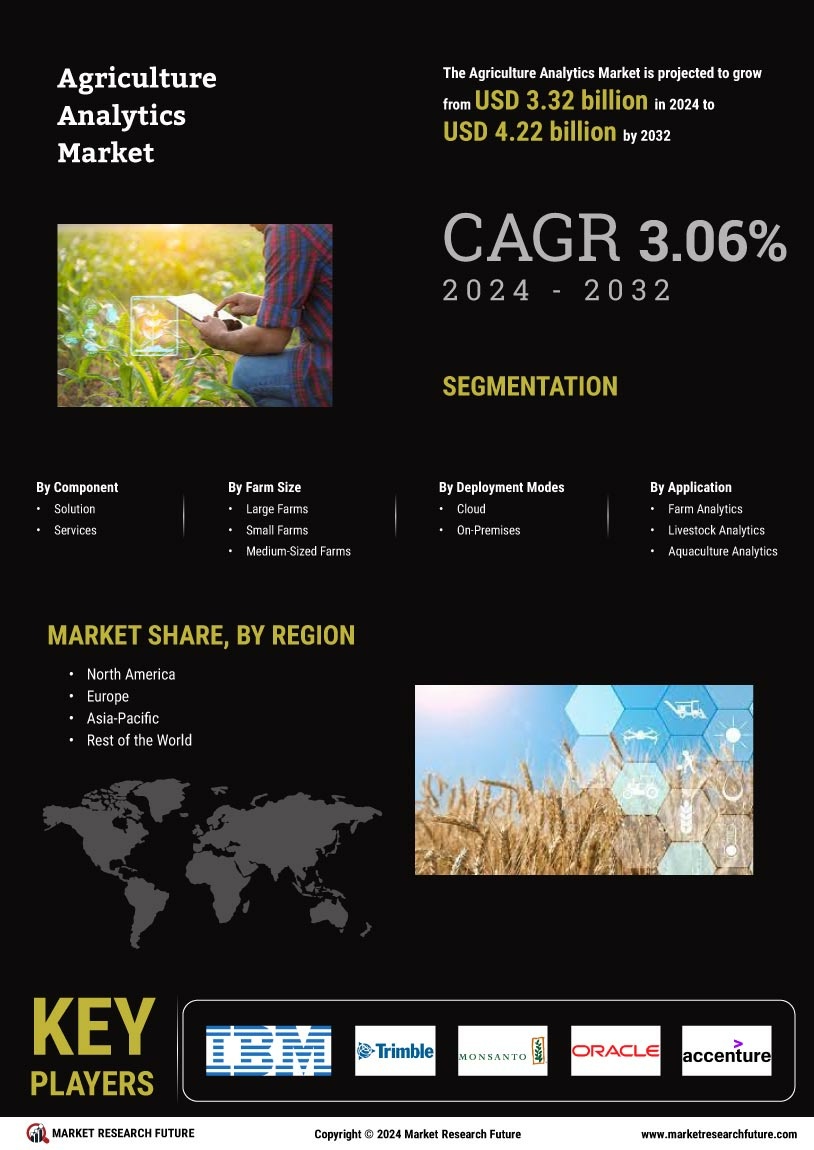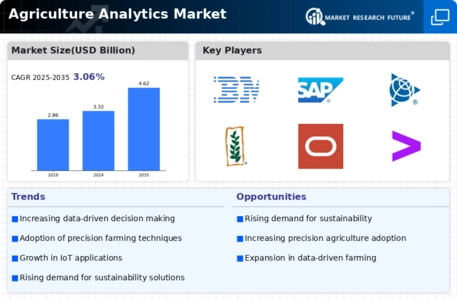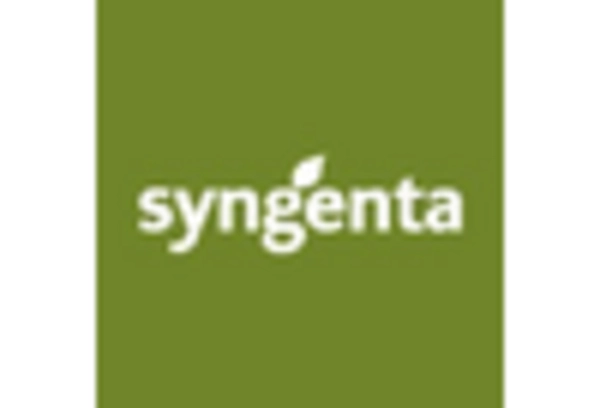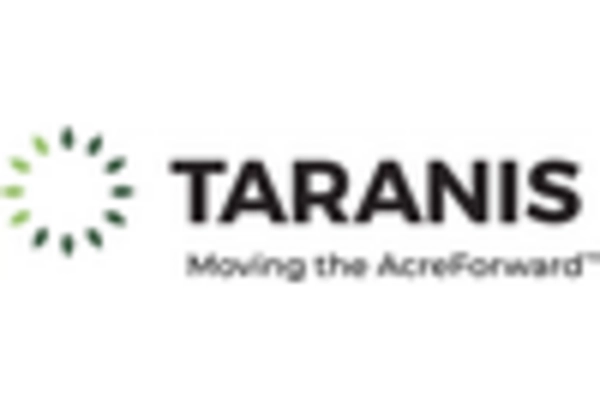Leading market players are investing heavily in research and development to expand their product lines, which will help the agriculture analytics market grow even more. Market participants are also undertaking various strategic activities to expand their footprint, with important market developments including new product launches, contractual agreements, mergers and acquisitions, higher investments, and collaboration with other organizations. The agriculture analytics industry must offer cost-effective items to expand and survive in a more competitive and rising market climate.
Manufacturing locally to minimize operational costs is one of the key business tactics manufacturers use in the agriculture analytics industry to benefit clients and increase the market sector. In recent years, the agriculture analytics industry has offered some of the most significant advantages to medicine.
Major players in the agriculture analytics market, including Deere & Company (US), IBM (US), SAP SE (Germany), Trimble (US), Monsanto (US), Oracle (US), Accenture (Ireland), Iteris (US), Taranis (Israel), Agribotix (US), Agrivi (UK), DTN (US), aWhere (US), Conservis Corporation (US), DeLaval (Sweden), FBN (US), Farmers Edge (US), GEOSYS (US), Granular (US), Gro Intelligence (US, and others, are attempting to increase market demand by investing in research and development operations.
SAP SE (Germany) We are redefining ERP and building networks of intelligent enterprises that provide transparency, resiliency, and sustainability across supply chains to help businesses of all sizes and industries run better. We are the market leader in enterprise application software. Our customers can operate profitably, continuously adapt, and make a difference globally thanks to our comprehensive suite of applications and services. One of the world's top software developers for business process management, SAP creates products that streamline efficient data processing and information exchange between organizations.
The business was founded in 1972 and was initially known as System Analysis Program Development (Systemanalyse Programmentwicklung), later becoming SAP. Since then, it has expanded from a five-person startup to a corporation with over 105,000 staff members based in Walldorf, Germany.
IBM (US), To assist clients in finding solutions to their most pressing business problems, we combine all required technology and services, regardless of where those solutions originate. When clients pursue the digital transformation of the world's mission-critical businesses, IBM integrates technology and expertise, offering infrastructure, software (including market-leading Red Hat), and consulting services. We continued our history of sustainability leadership in 2021 when we declared a target of net-zero greenhouse gas emissions across all the nations where we do business by 2030.

















Leave a Comment